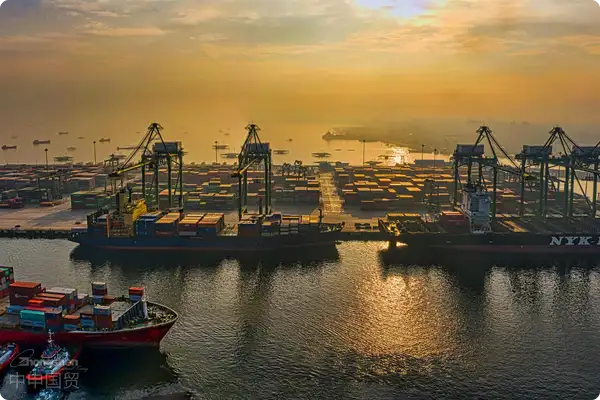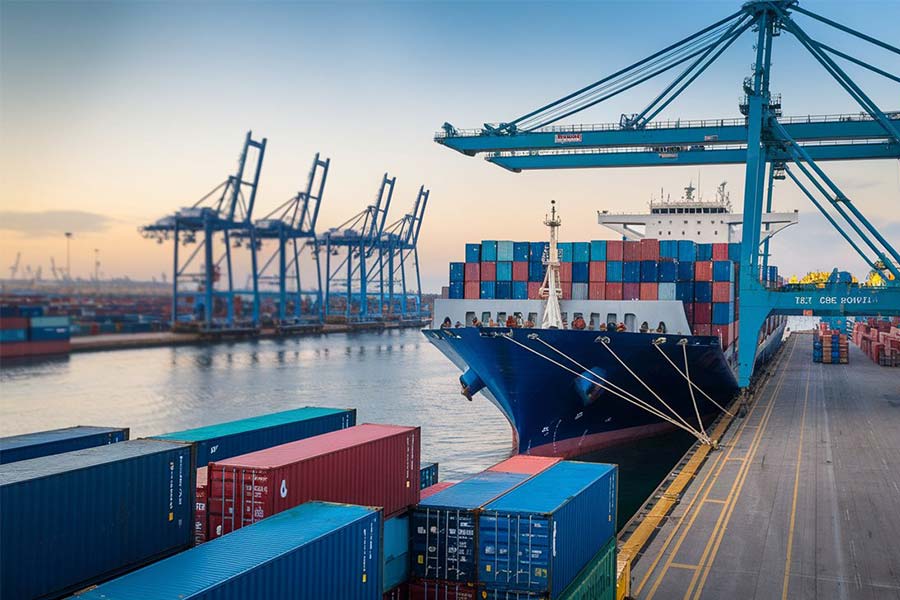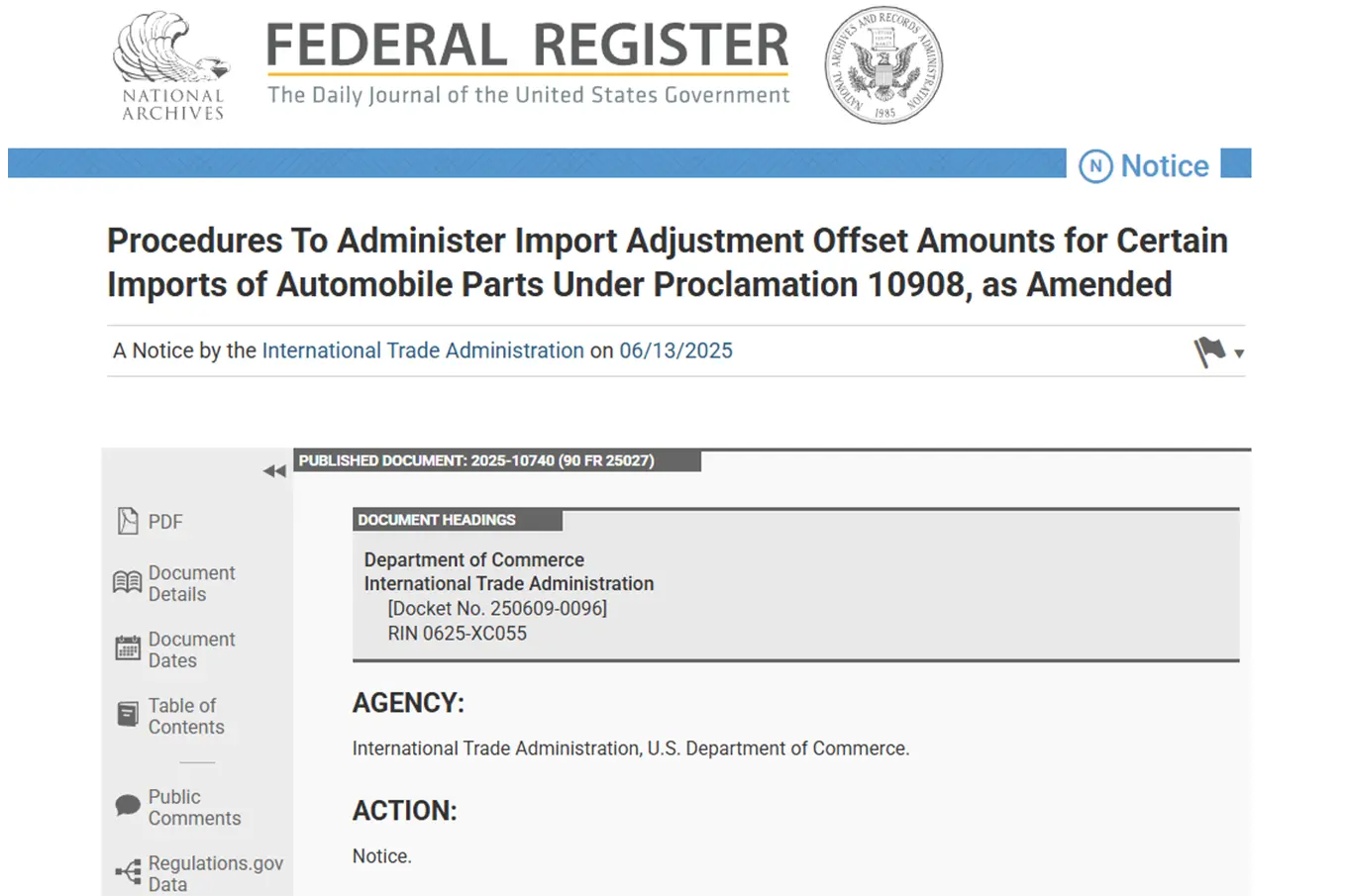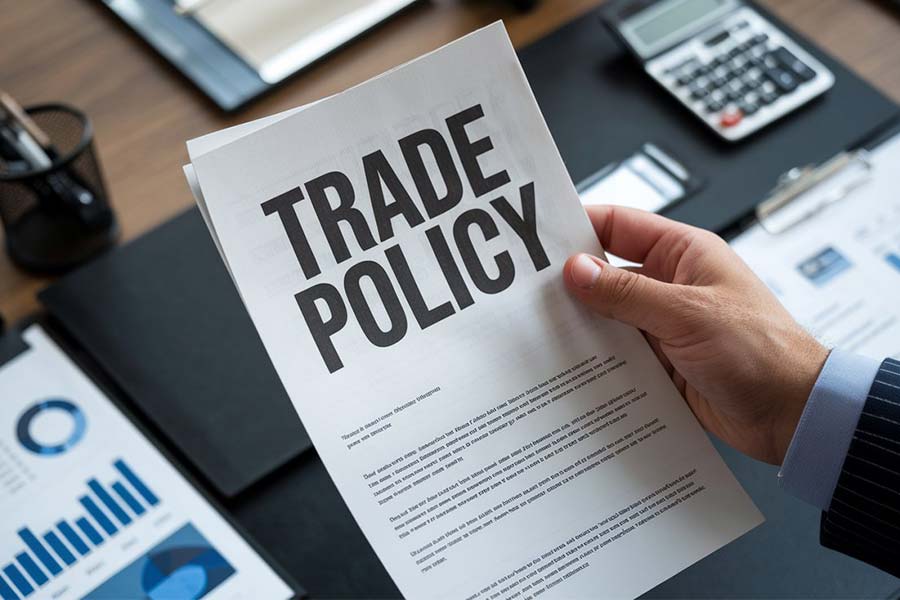- Shanghai Zhongshen International Trade Co., Ltd. - Two decades of trade agency expertise.
- Service Hotline: 139 1787 2118

Contents
ToggleValue Positioning of International Bidding Agency Services
According to Chinas mechanical and electrical productsimport and exportChamber of Commerces latest 2025 statistics, 73.6% of imported equipment procurement projects complete international bidding through professional agencies. Against the backdrop of customs declaration system upgrades and mechanical & electrical product catalog adjustments, bidding agency services have evolved from mere procedural execution to systematic projects coveringpolicy interpretation, risk control, cost optimization.
Decomposition of Core Bidding Agency Service Processes
Typical imported equipment bidding agency consists of three major stages:
- Preliminary preparation phase (15-20 working days)
- Pre - review of import licenses for mechanical and electrical products
- Technical parameter compliance verification
- Bilingual version preparation of bidding documents
- Bidding execution phase (30-45 calendar days)
- Global supplier pre-qualification
- Multi-timezone bid opening coordination
- Cross-border deposit management
- Performance guarantee phase (throughout contract period)
- Pre-shipment inspection arrangements
- Tariff classification dispute resolution
- Warranty period dispute mediation
Common Pitfalls in Enterprise Self-Conducted Bidding
In a 2024 German equipment procurement bidding self-organized by an auto parts manufacturer, due toneglecting new EU CE certification regulations, the winning equipment couldnt clear customs, resulting in $380,000 demurrage fees. Typical risk points include:
- Qualification review blind spots: 67% of self-conducted bidding projects have incomplete supplier qualification documents
- Clause setting defects: 82% fail to specify Incoterms?2025 trade terms
- Response time control failure: Cross-time zone communication errors causing invalid bids account for 54% of total disputes
2025 agency selection criteria
High-quality bidding agencies should possess the following competency matrix:
- Policy response capability
- Real-time tracking of implementation rules for General Administration of Customs Order No. 248
- Monitoring tariff adjustment trends for key industry imported equipment
- Risk management capability
- Establishing supplier blacklist early warning mechanism
- Configuring emergency customs clearance backup plans
- Cost control capability
- Utilizing classification differences for tariff optimization
- Reducing logistics costs through combined transportation solutions
Special scenario response strategies
For precision equipment imports, professional agencies typically adoptPhased acceptanceSolution: Embed customs inspection requirements during Factory Acceptance Test (FAT), while completing localized inspection preparations during Site Acceptance Test (SAT). After adopting this model, one semiconductor company reduced equipment commissioning cycle by 22 working days.
Recommend introducing agency services during tender document preparation to fully utilize theirIndustry benchmark data, including average customs clearance duration, common technical barrier lists, and typical dispute resolution cases, building risk prevention systems from the source.
Related Recommendations
? 2025. All Rights Reserved. Shanghai ICP No. 2023007705-2  PSB Record: Shanghai No.31011502009912
PSB Record: Shanghai No.31011502009912










